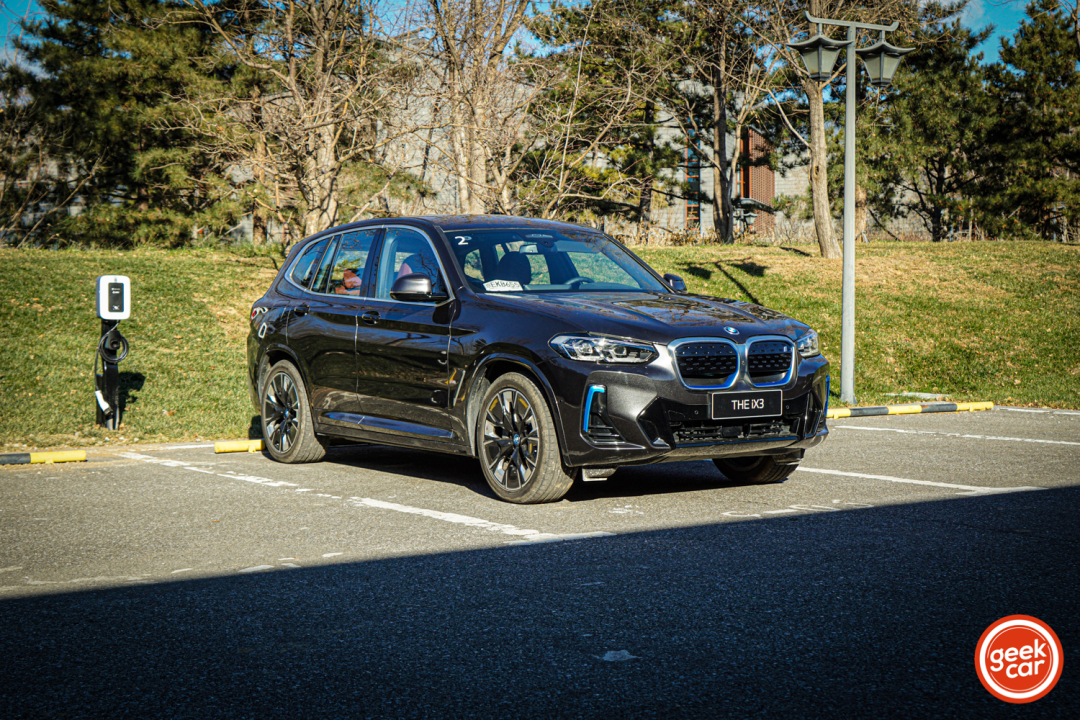Author: Turbocharged Chubby
Many electric vehicles nowadays are equipped with front and rear dual motors, entering 5-second and 4-second clubs one after another… Even an MPV would like to get a taste of the “speed” edge…
Looking at the BMW iX3 from this perspective, its data on paper seems too unsatisfactory. However, precisely because it is such an electric car, it left a deep impression on me after the test drive.
This test drive was for the mid-term facelift model that was launched in September last year. It was supposed to be tested in Guizhou a while ago, but due to the epidemic, it was delayed for so long. Finally, I drove this BMW iX3.
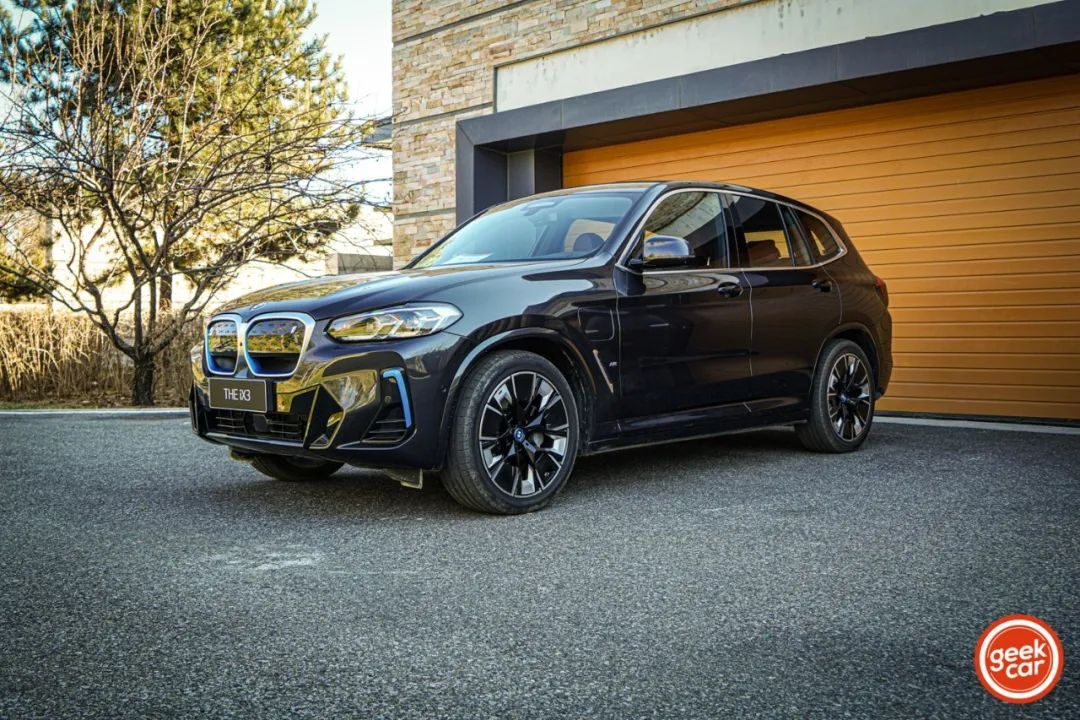
The “most BMW” appearance
Compared with the pre-facelift BMW iX3, the powertrain has not changed. Let’s first look at its basic information:
- Length: 4746mm;
- Wheelbase: 2864mm;
- Power: 210kW/400Nm single motor, front-mounted rear-wheel drive;
- 0-100 km/h acceleration: 6.8 seconds;
- NEDC test cycle range: Leading type 500km, Premier type 490km;
- Power consumption per 100 kilometers: Leading type 16.7 kWh, Premier type 16.9 kWh;
- Battery capacity: 80kWh;
- Intelligent: iDrive 7.0 infotainment system, standard assist driving system.
Like the fuel-powered BMW X3, the post-facelift BMW iX3 also adopts a new exterior design.
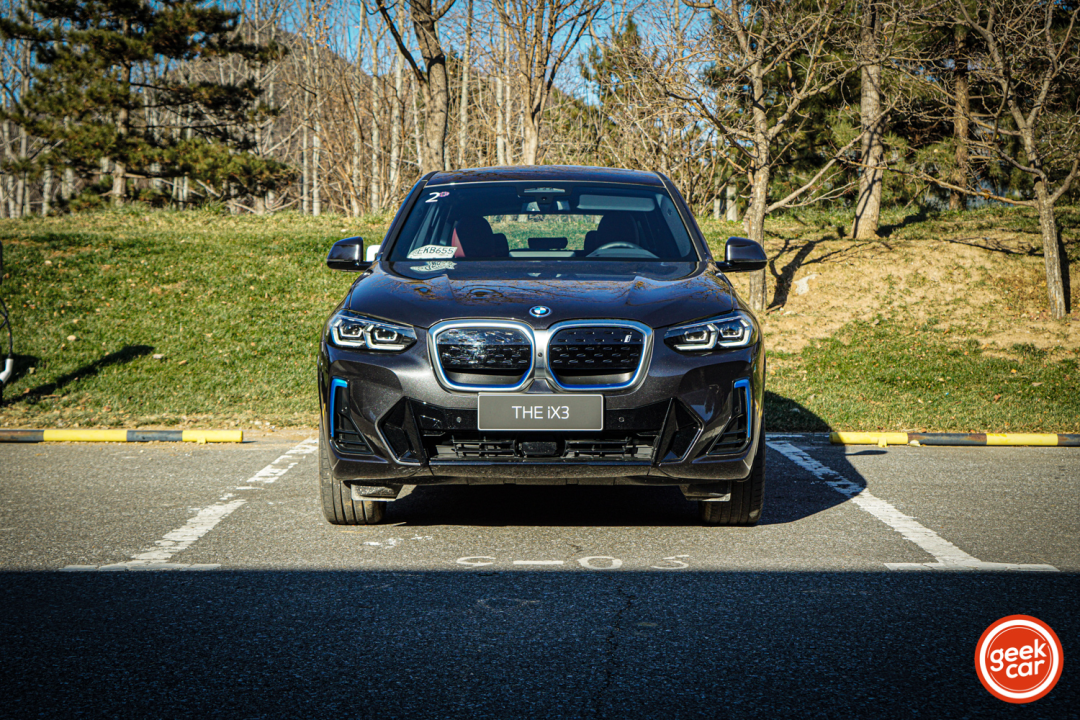
Compared with the first-generation BMW iX3 before the facelift, the grille size of the post-facelift model has become larger and a sharp sporty bumper has also been installed.
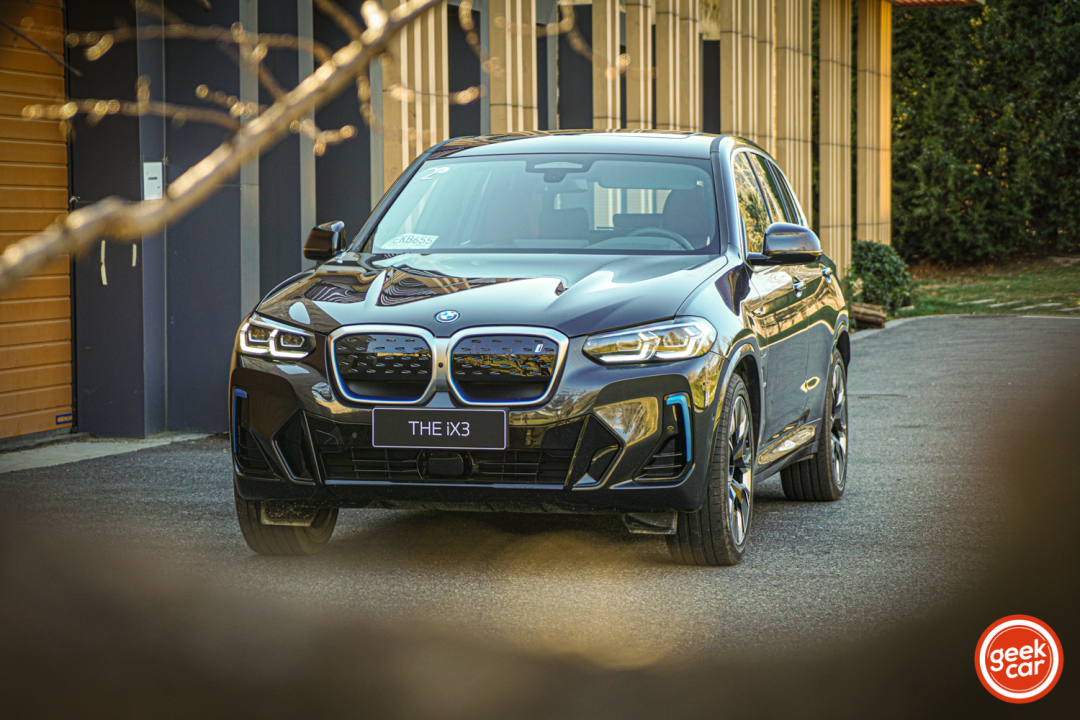
There are many blue decorative strips on the closed middle grille, front bumper sides, car logo, and rear bumper, highlighting the identification of the BMW i family. The taillights have become more three-dimensional, and the smoky black design enhances the product recognition and technological sense.
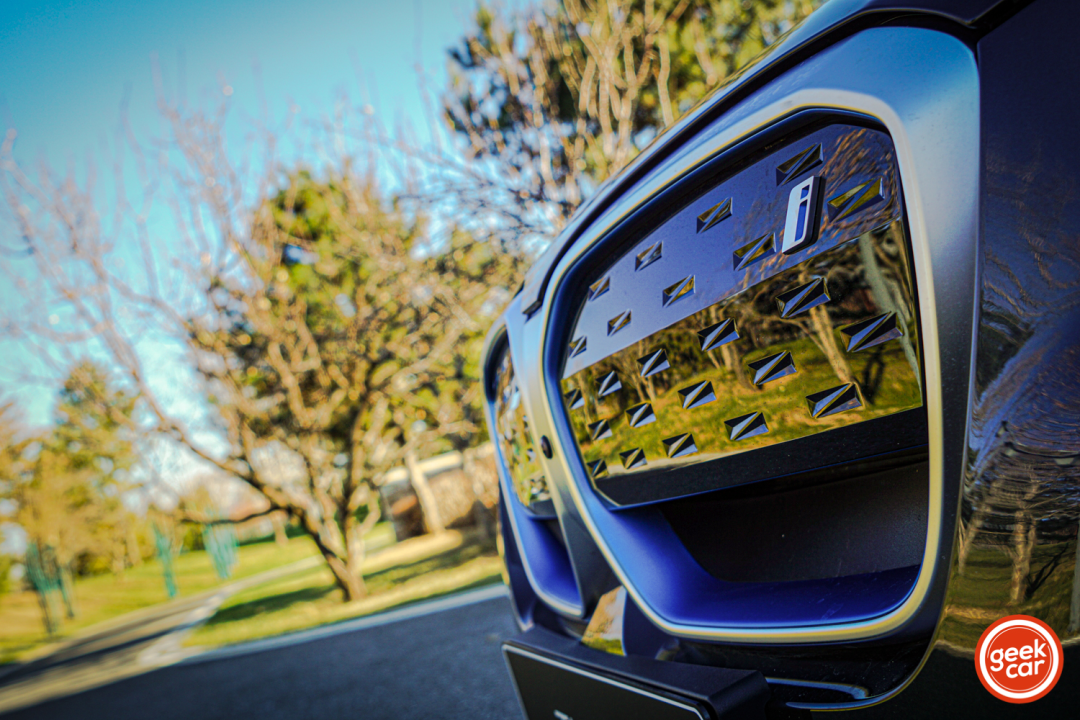
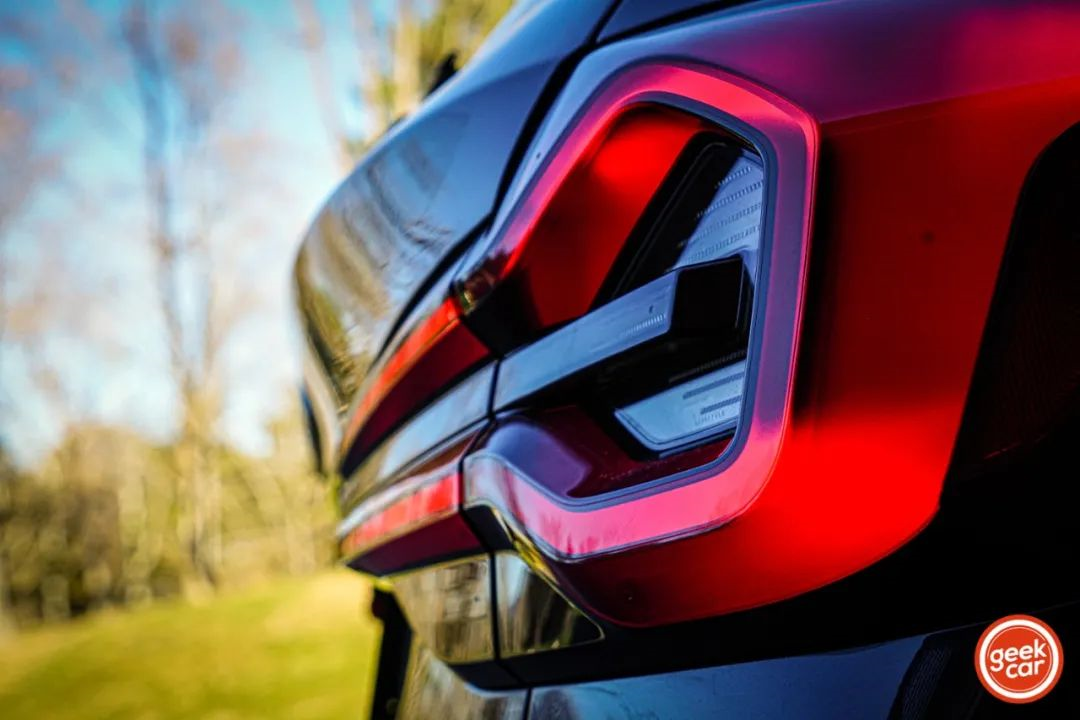
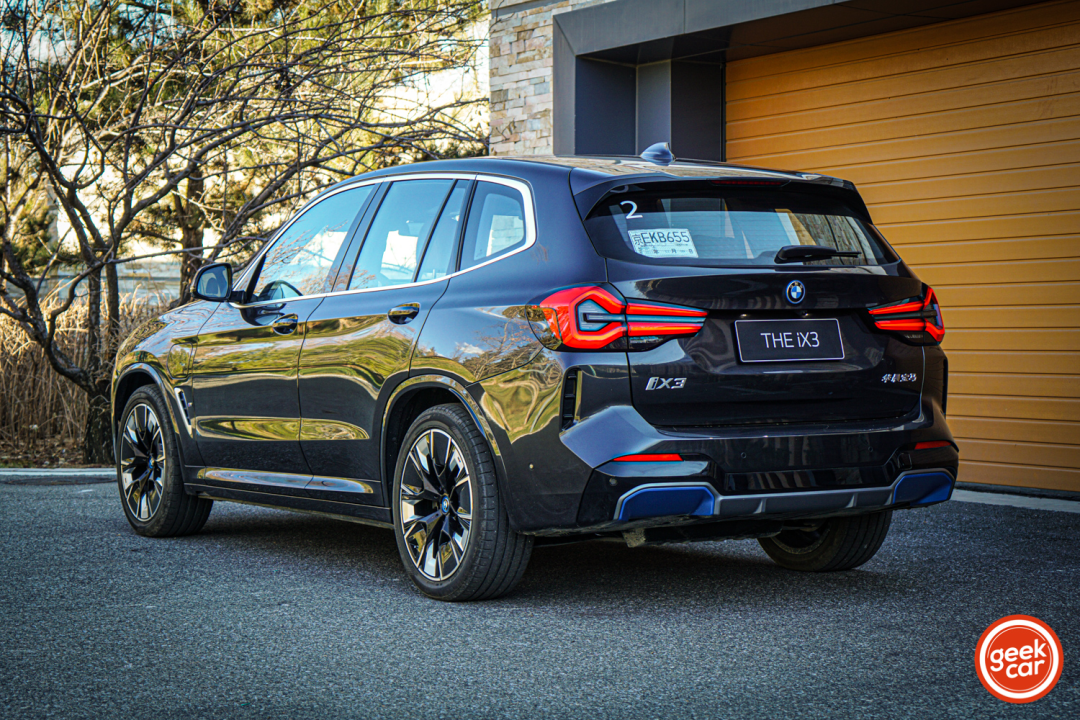
As for the exterior design of this revision, I think it’s quite successful, and the overall texture of the car has been greatly improved.
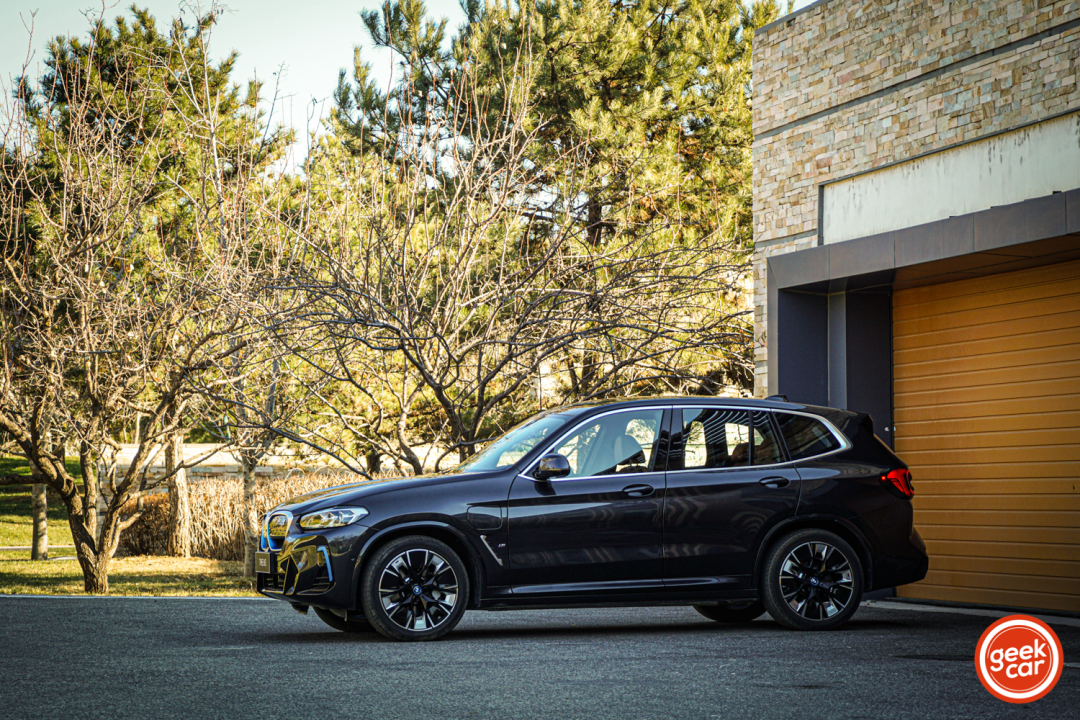
Find the way to the intelligent cockpit
There are several impressive points that BMW iX3 left me with during this experience, one of which is its performance in the cockpit.
In June of this year, BMW pushed the latest iDrive 7.0 car system through OTA, and the most obvious upgrade is that it added Tencent Small Scene, with more than 360,000 models in the domestic market involved. The BMW iX3 I test drove this time is equipped with this upgraded car system directly.
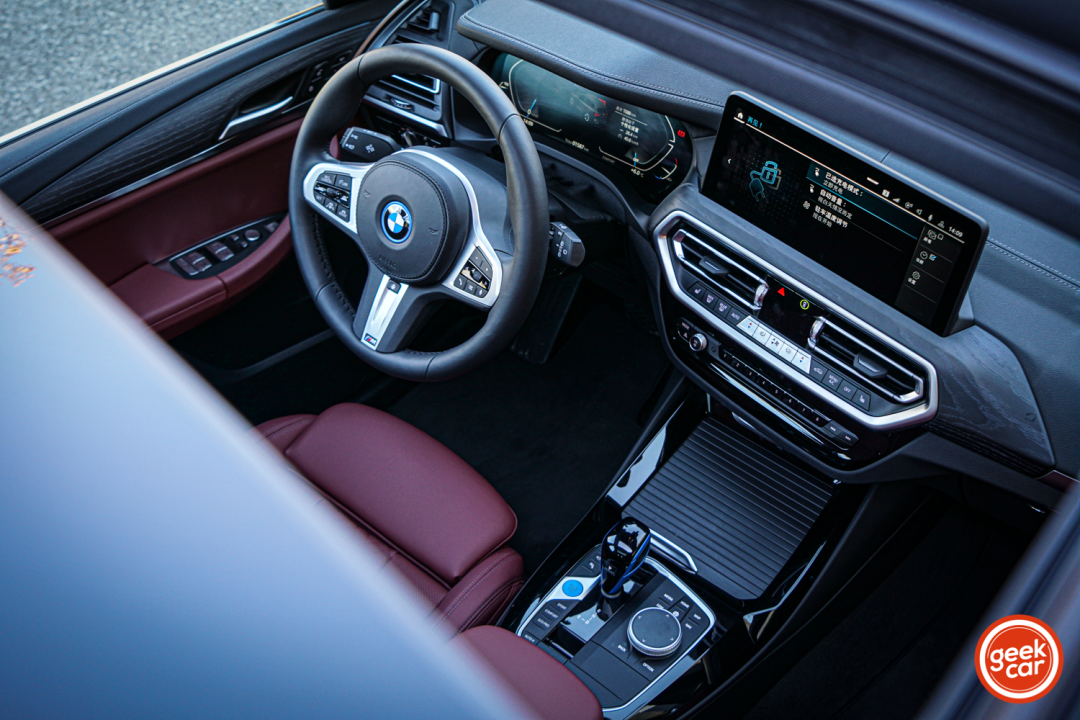
It seems that BMW has found the way to create an intelligent cockpit under this seemingly simple HMI interface.
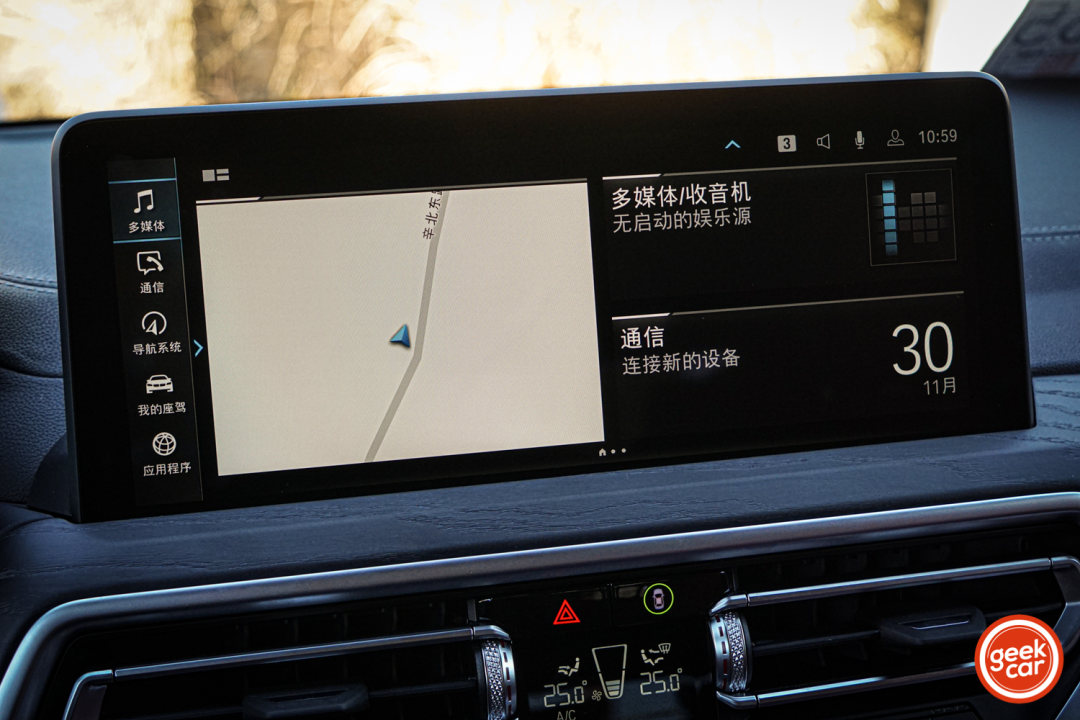
The iDrive 7.0 car system is built-in with QQ Music and Himalaya, and can use all the functions including recommendation, classification, search, and collection. In the recommendation of QQ Music, I also found the “BMW Selected Private Sharing” customized by BMW.
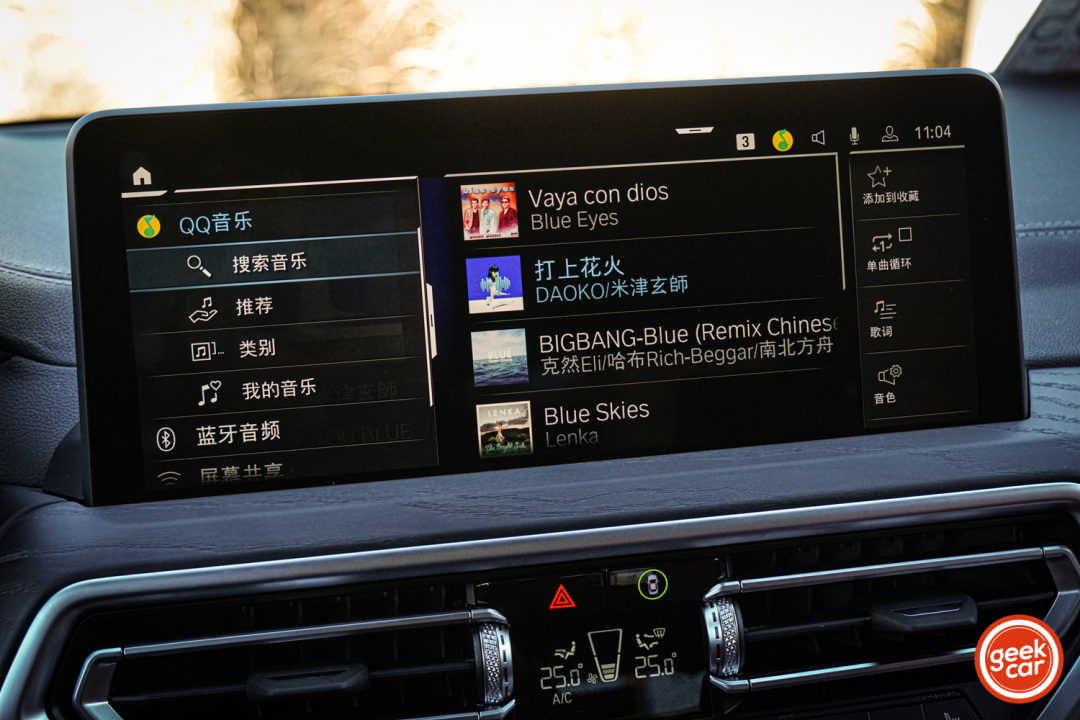
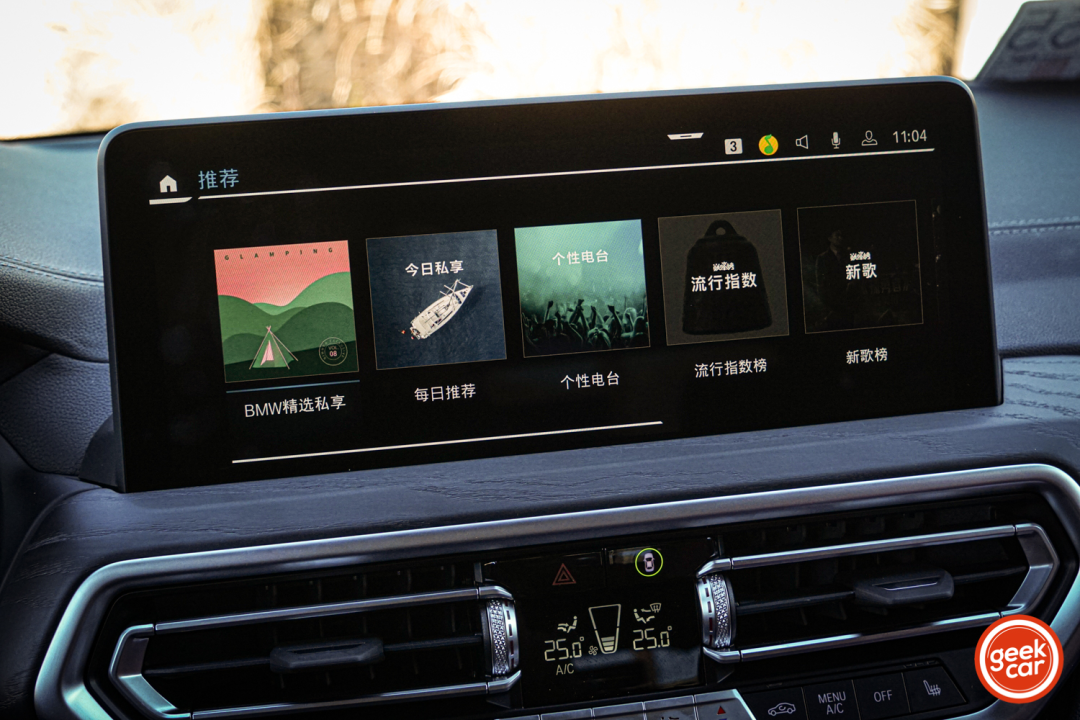
In addition to the built-in QQ Music and Himalaya, the access of Tencent Small Scene has made the application content in the cockpit more abundant. Tencent Small Scene provides 20+ small scenes including life, travel, online audio, games, and learning.
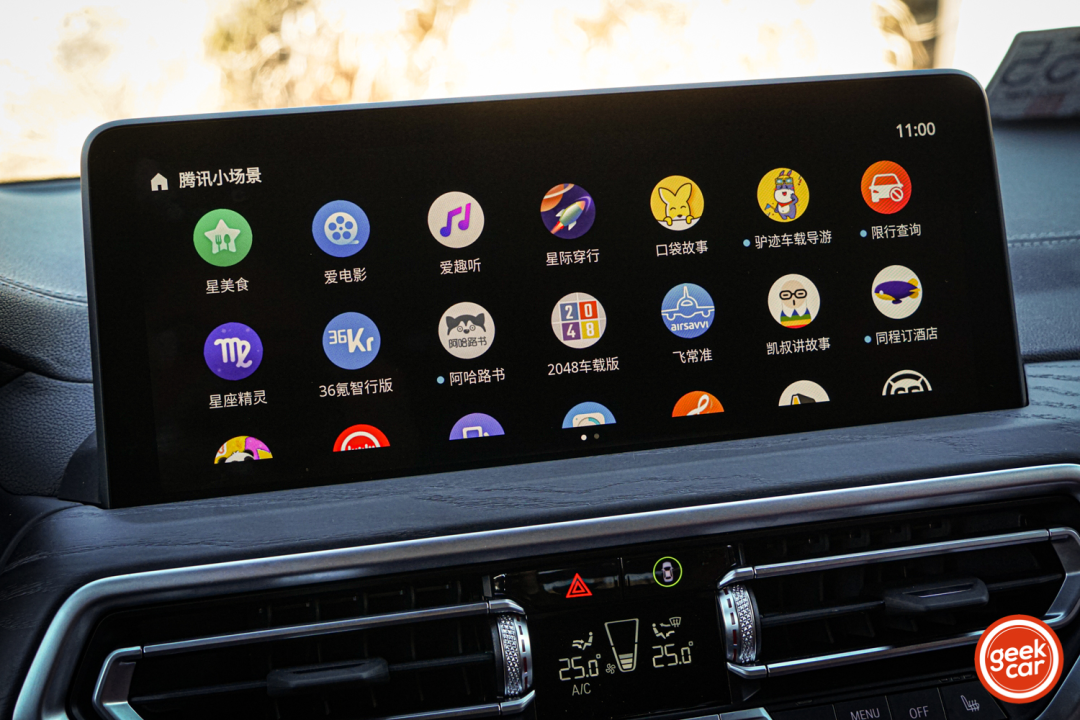
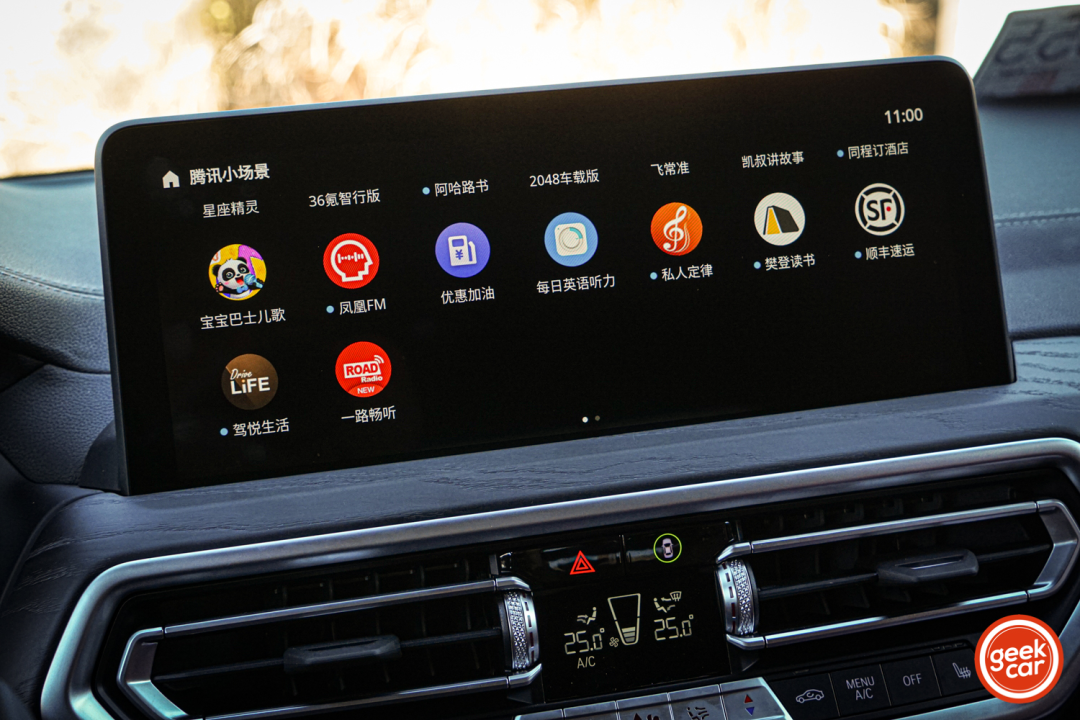
There are some advantages and complaints that I have to mention.
AdvantagesThe small scenes are well-built, such as in daily life scenarios, from opening to searching to booking or payment, they can be fully executed.
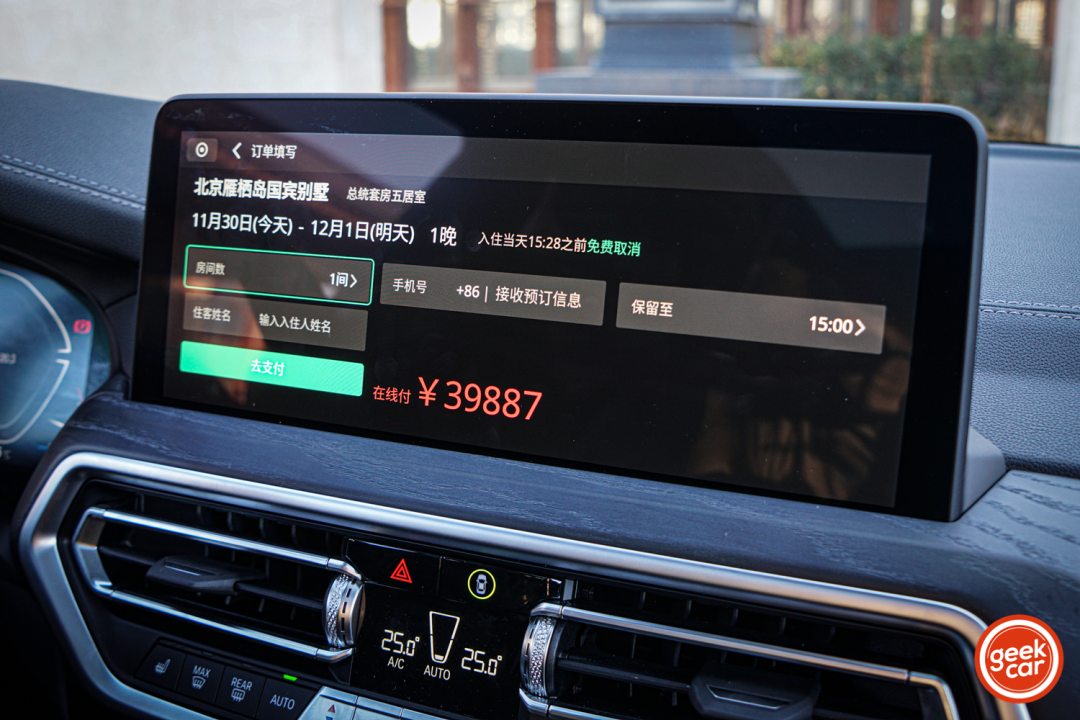
Furthermore, it supports voice assistant control of each small scenario and application opening, and some applications support direct use via voice. For example, in the game “2048”, the game has designed “Driver Mode” and “Co-Driver Mode” for driving scenarios.
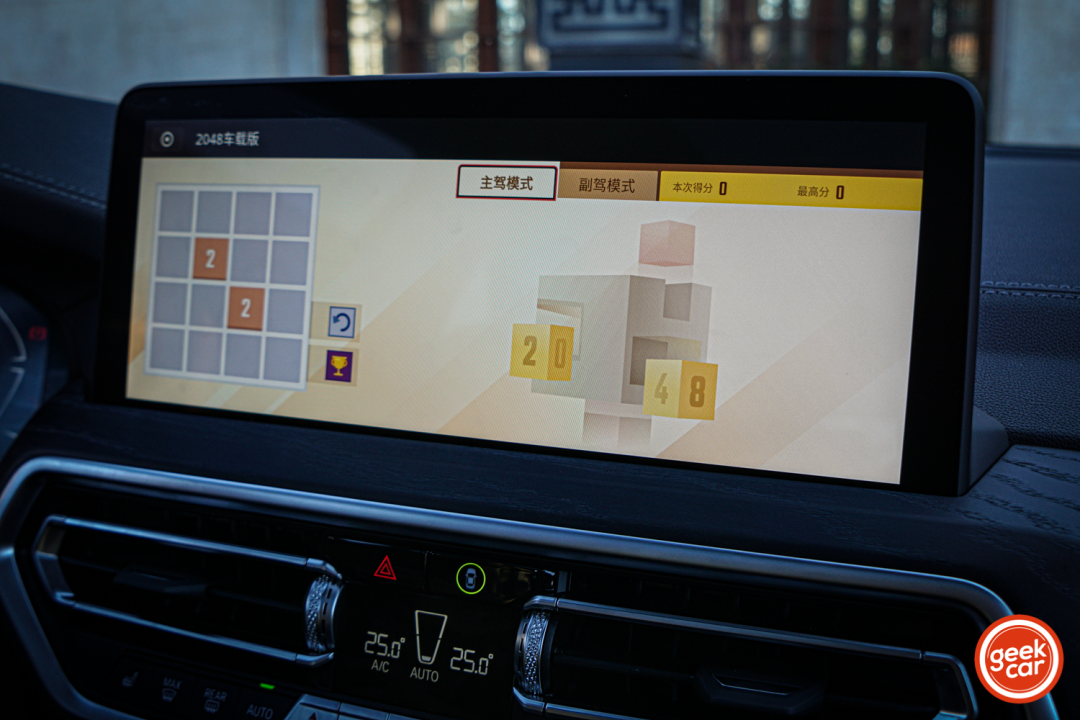
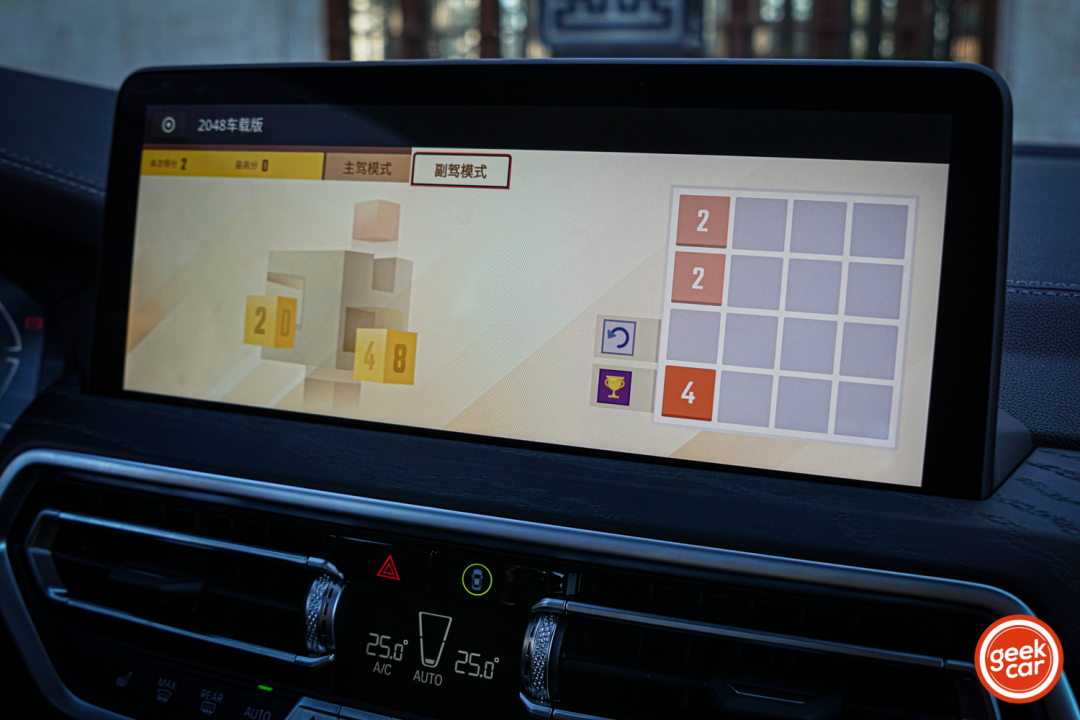
Complaints
As an electric vehicle, the BMW iX3 provides “discounted refueling” within the small scenes, but does not provide any small scenarios related to charging.
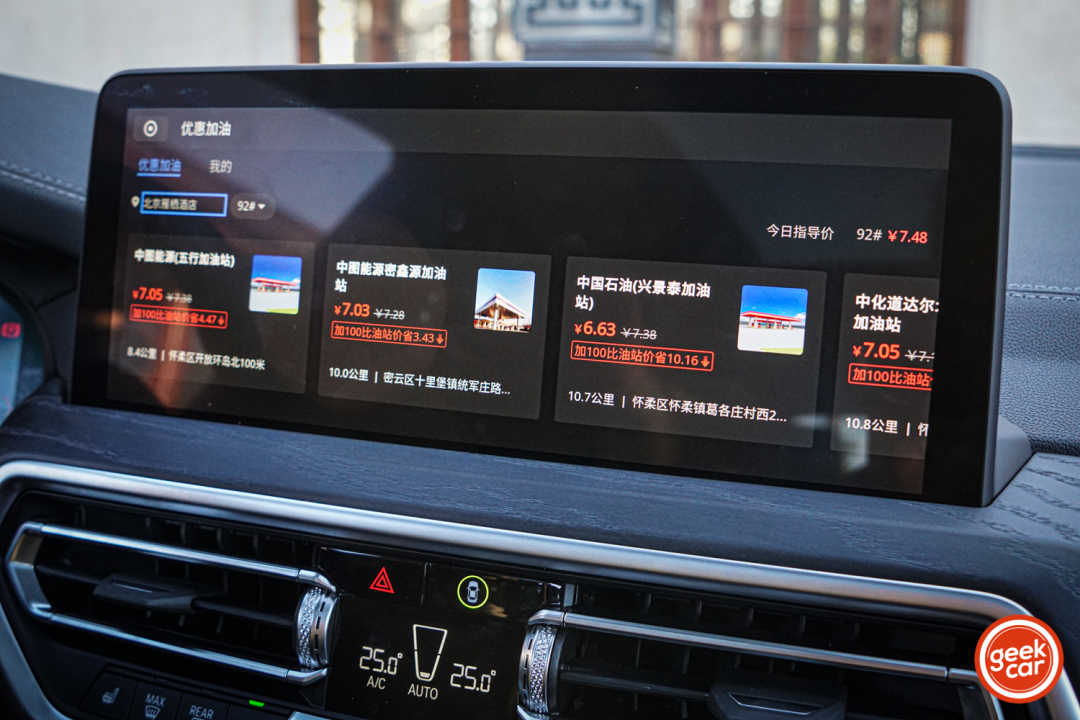
Regarding the lack of charging scenarios, one reason is that BMW has cooperated with the State Grid to achieve plug-in charging and contactless payment at national grid charging stations. Another reason may be that Tencent’s small scenes have not been developed…
In addition to Tencent’s small scenes, BMW’s built-in applications are also very delicate. For example, restaurant reservations are provided by Meituan, and can be reserved directly through voice.
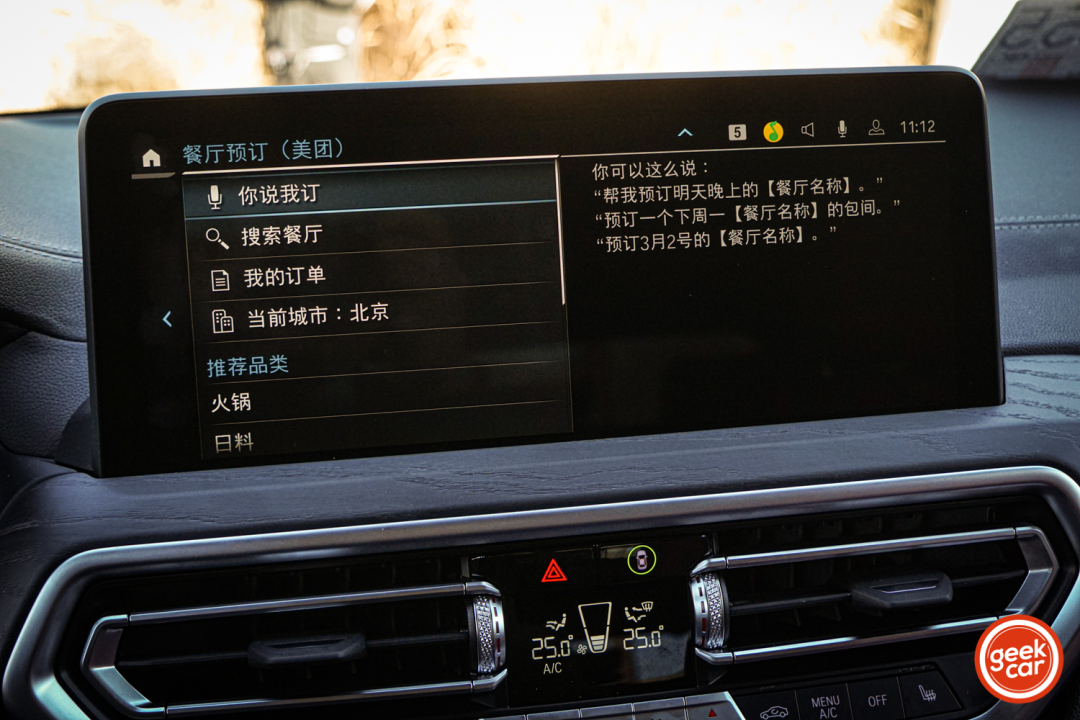
There is also intelligent reminder, which is similar to “Reminder” on mobile devices, and you can set reminders and time points through voice. Just like on an iPhone, you can say “Hey Siri, remind me to have a meeting at 3 pm” and on the iDrive 7.0, you can say “Hi BMW, remind me to bring an umbrella when I get off the car.”
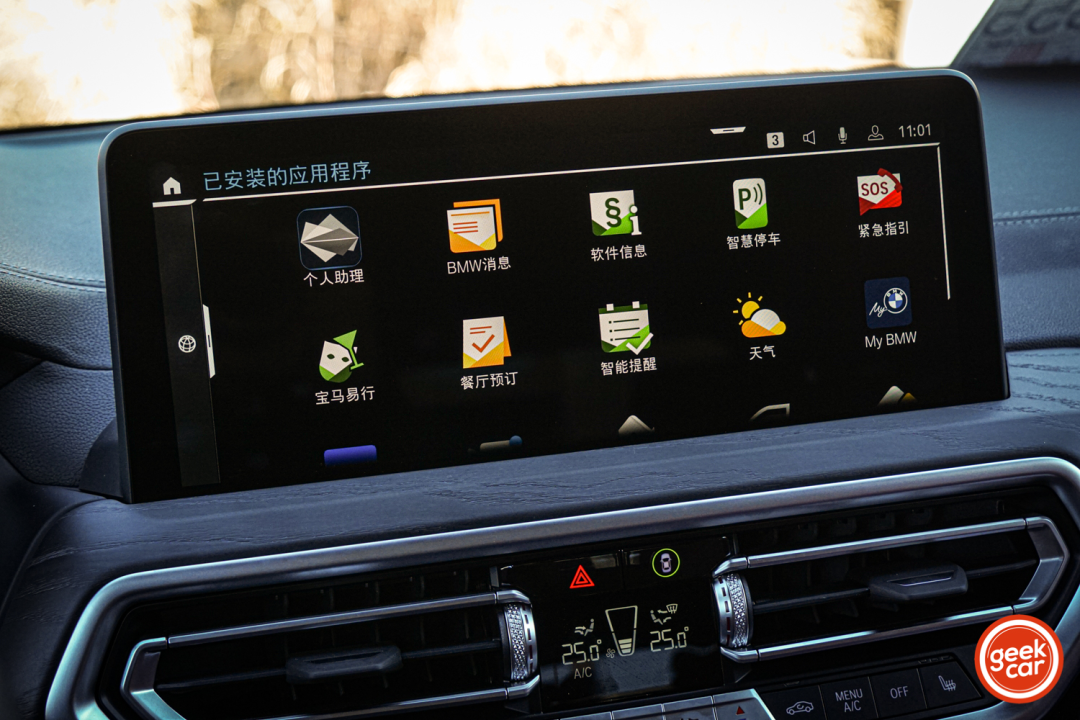
However, there is a “small problem” with BMW’s voice assistant–maybe because I’ve experienced too many new forces and independent brands, I’m used to seeing how accurate the voice assistant can recognize. The voice assistant of iDrive 7.0 does not display the command you have spoken in real-time but executes it directly after you finish speaking. But overall, the recognition rate and speed of voice recognition are still quite fast.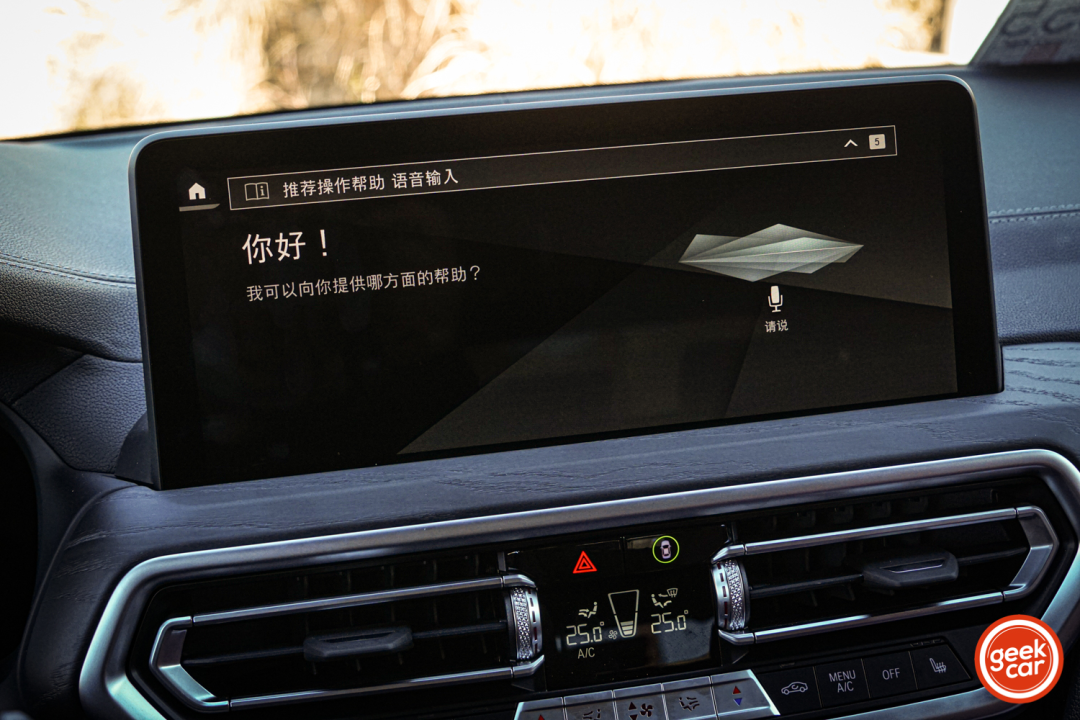
Overall, the HMI interface of iDrive 7.0 has not changed, and the interaction logic is still relatively traditional. But the internal functions and ecosystems are richer, and the most important thing is that the application functions are very complete and stable.
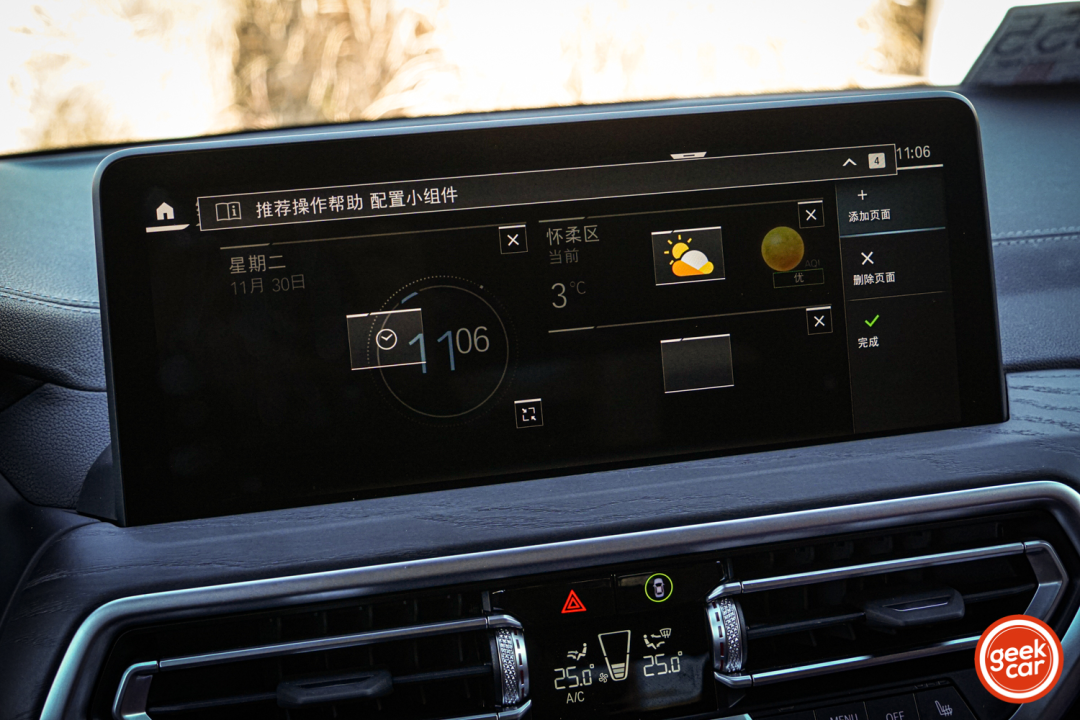
In addition to the cabin, the driving assistance of the BMW iX3 is standard on both versions. In addition to the basic L2 driving assistance, it is equipped with a 50-meter trace reversing to cope with the reverse assistance on narrow roads.
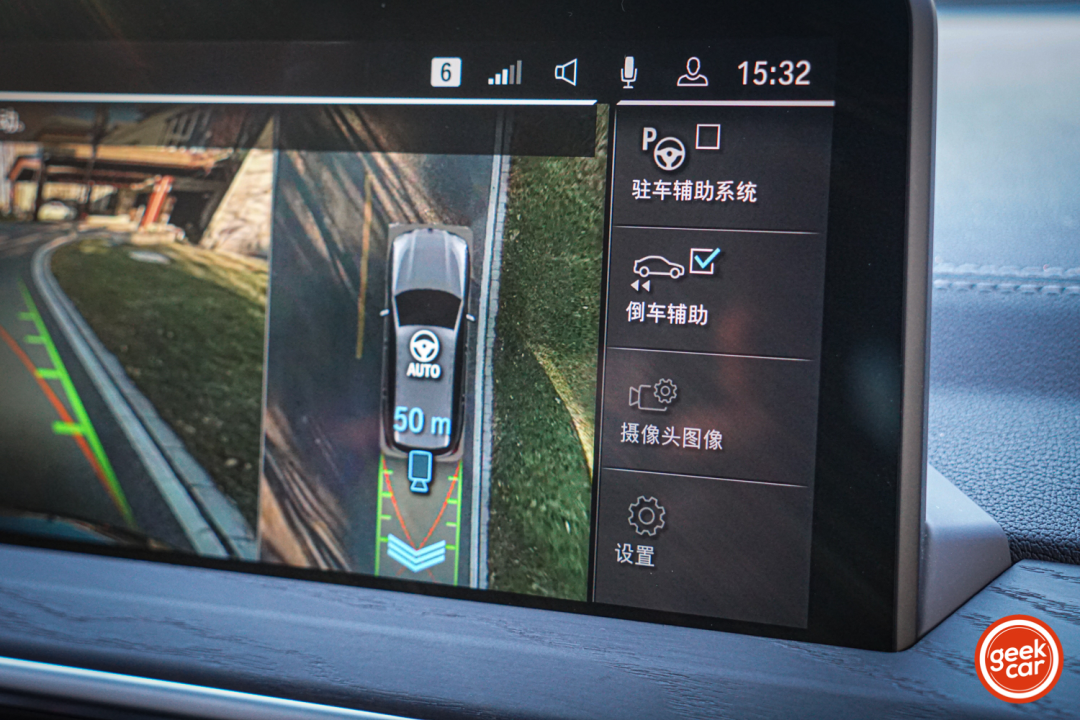
When the driving assistance is turned on, in addition to the icon displayed on the instrument panel and the HUD to display the system status and reminders, the illuminating components on the steering wheel will also be displayed through lights.
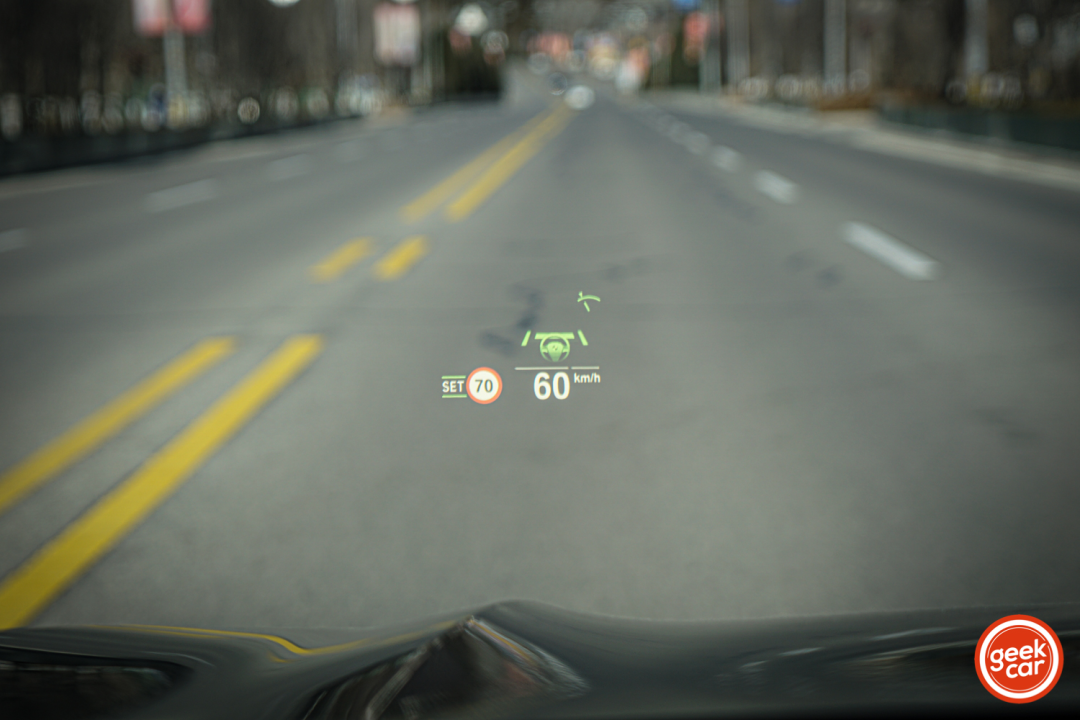
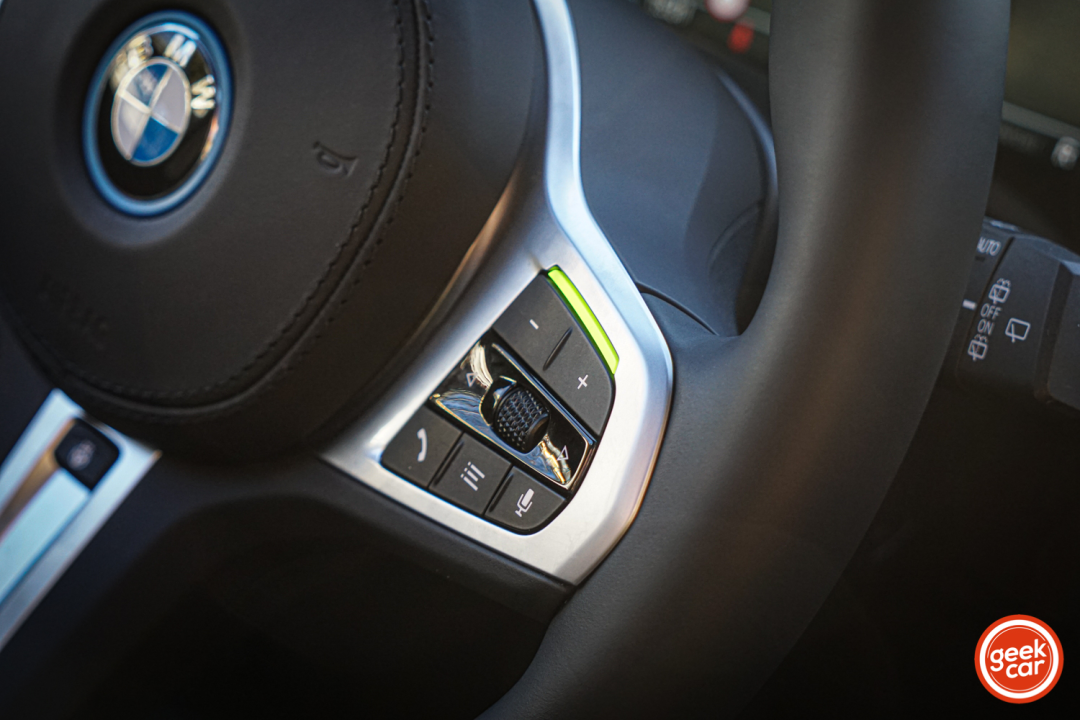
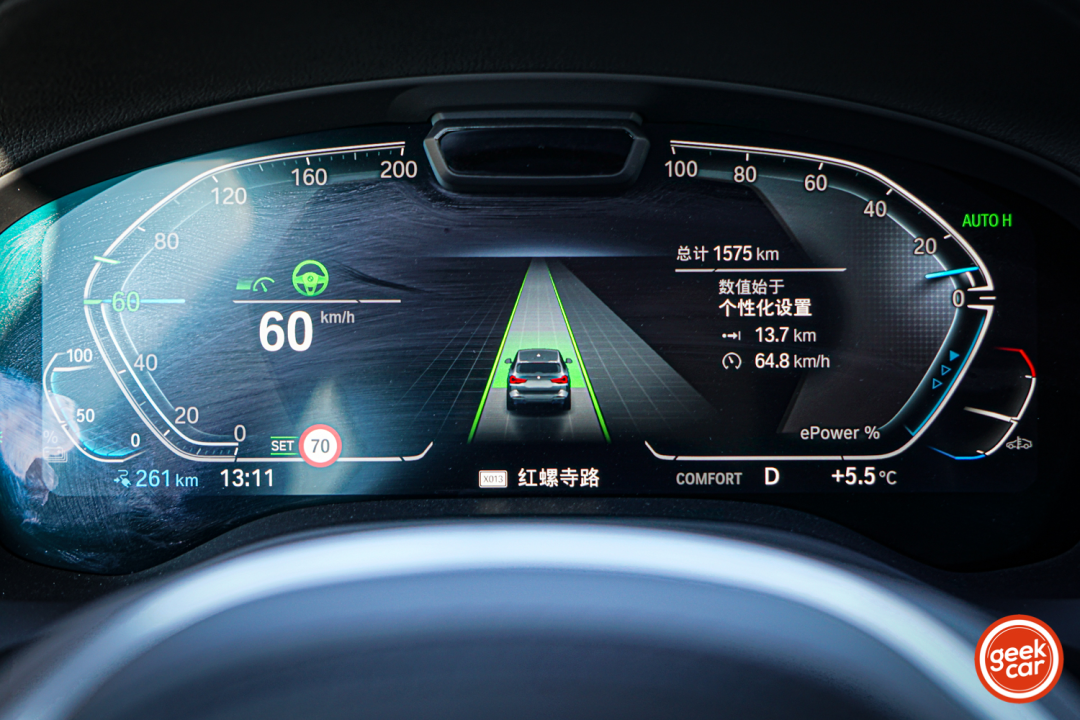
Let’s talk about driving
First, let’s talk about the endurance performance. I test drove the BMW iX3 Pioneer version, which has an NEDC range of 490 km.
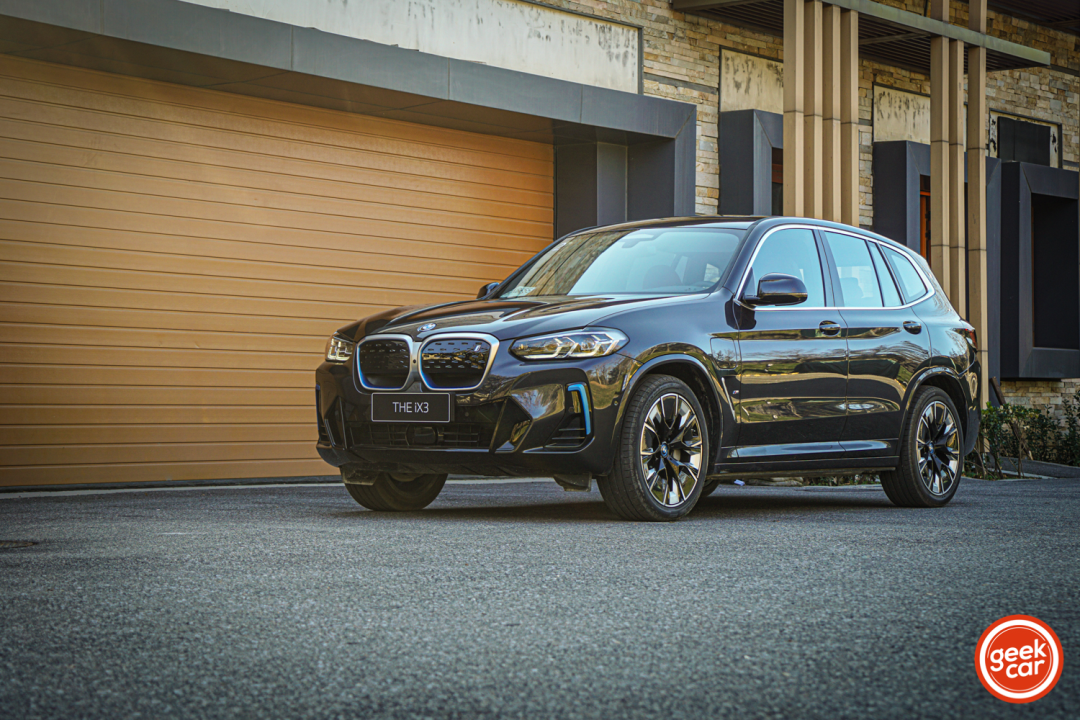
The road I test drove was a mountain road in Huairou. It was quite cold in the deep mountains in winter, so the air conditioning and steering wheel heating were always turned on.
I recorded the energy consumption performance twice in the morning and afternoon:
In the morning, the driving mode used the Comfort mode, with an average energy consumption of 18.7 kWh/100 km, and the endurance was calculated as 427 km.
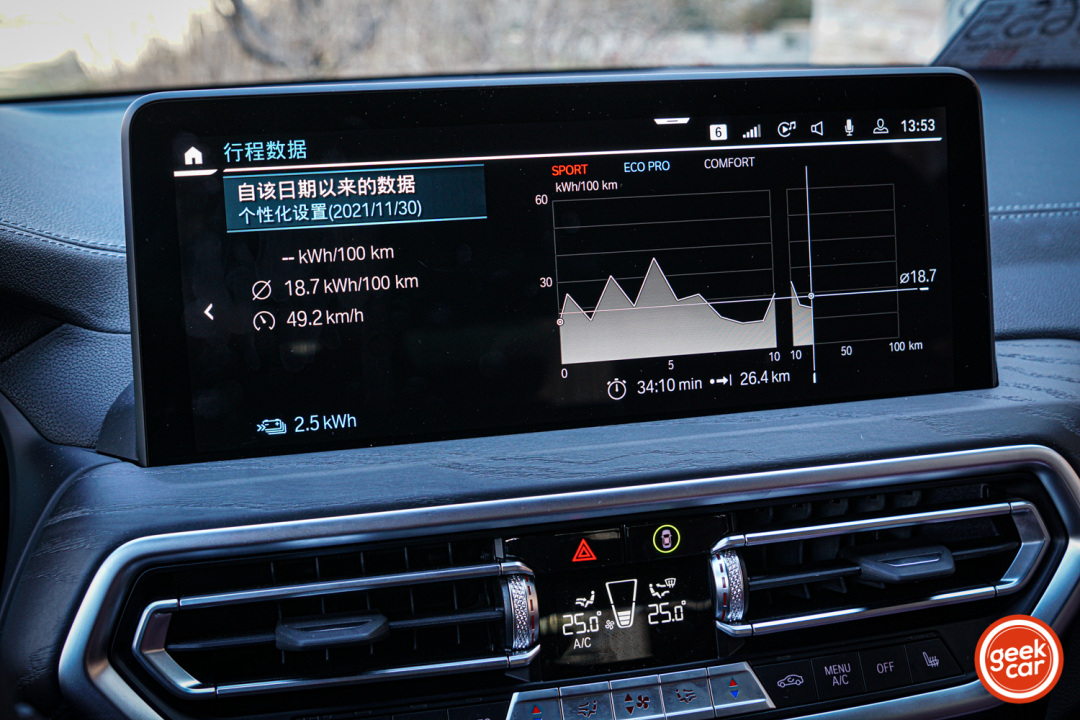 In the afternoon, I used a short segment of Sport mode and mostly Comfort mode while driving, resulting in a slightly increased average energy consumption of 20.3 kWh/100 km and an estimated range of 394 km.
In the afternoon, I used a short segment of Sport mode and mostly Comfort mode while driving, resulting in a slightly increased average energy consumption of 20.3 kWh/100 km and an estimated range of 394 km.
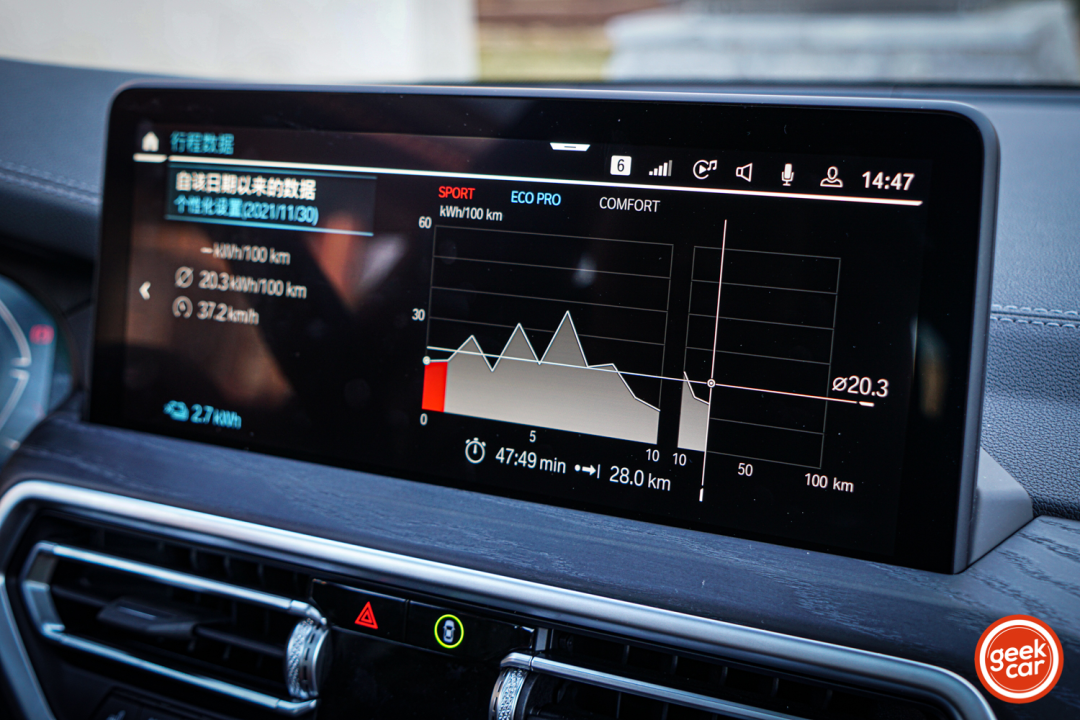
The available range for these two records was 87% and 80%, respectively. If used in urban areas, the energy consumption would be further reduced and the range would potentially increase.
Now, let’s talk about the driving experience.
This is why I titled it the “most BMW” electric vehicle, referring to the driving experience of the BMW iX3. First of all, let me say this: this is the best electric vehicle I have ever driven.
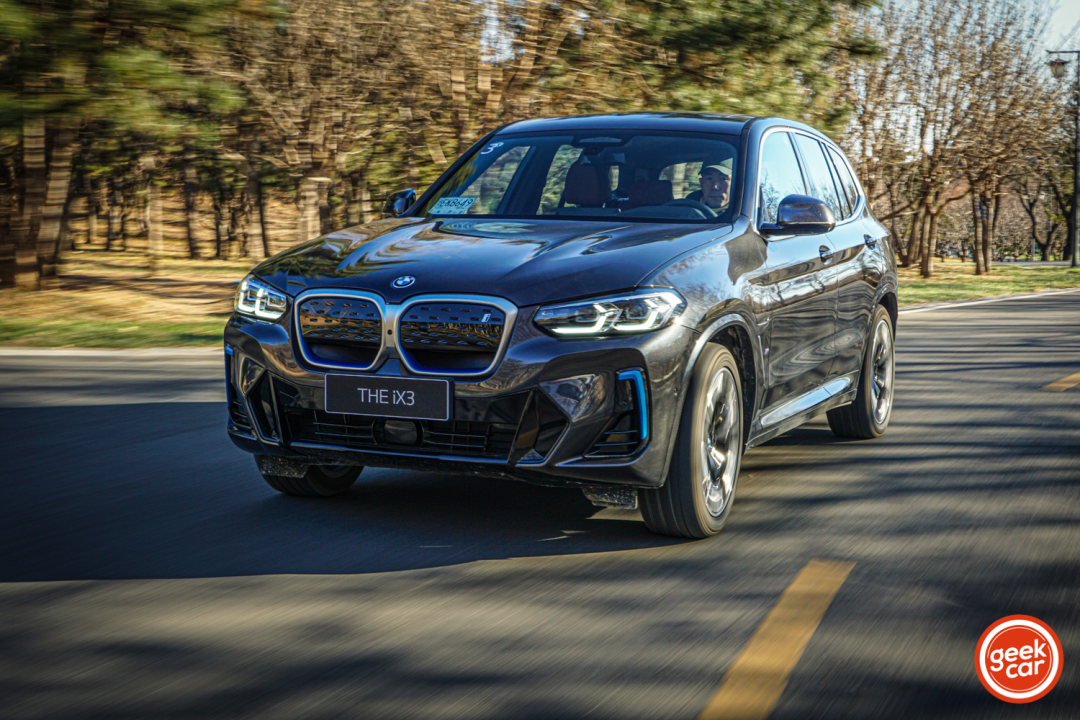
The BMW iX3 retains the handling and suspension comfort of the gasoline-powered BMW X3, while balancing comfort and sportiness. This test drive on a mountain road deeply reflects BMW’s car-making expertise, with excellent shock absorption and cornering control.
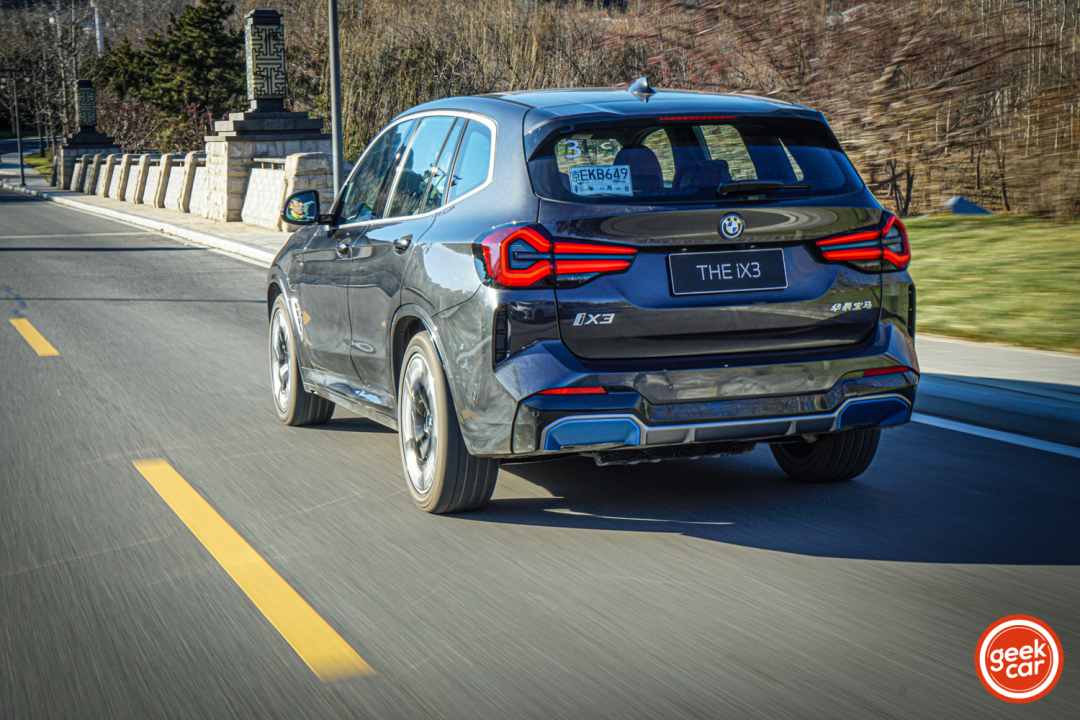
The power of the BMW iX3 is stronger than that of the high-power version of the BMW X3, but due to the inclusion of a battery pack, the BMW iX3 has a heavier curb weight, resulting in similar power performance for both models. However, the acceleration characteristics of the electric vehicle make for a smoother driving experience for the BMW iX3.
Lastly, let’s discuss the kinetic energy recovery of the BMW iX3, which has four settings: low, medium, high, and adaptive.
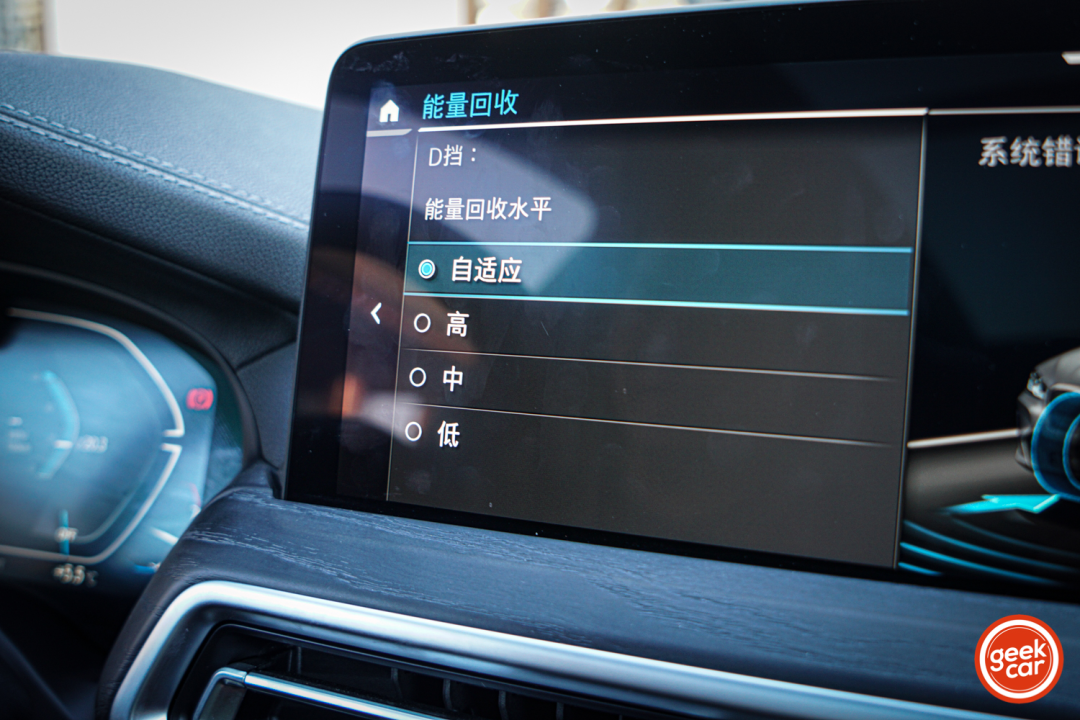
- Low: there is almost no sensation of kinetic energy recovery intervention.
- Medium: similar to the deceleration sensation of an idling gasoline engine.
- High: the sensation of kinetic energy recovery intervention is noticeable.
As for the adaptive setting, it is related to the driving assistance system. When there is a vehicle ahead, releasing the accelerator pedal will cause the BMW iX3 to choose the intensity of kinetic energy recovery based on the distance to the vehicle ahead. If the distance is far, the deceleration effect will be weak. If the distance is close, the deceleration effect will be strong.
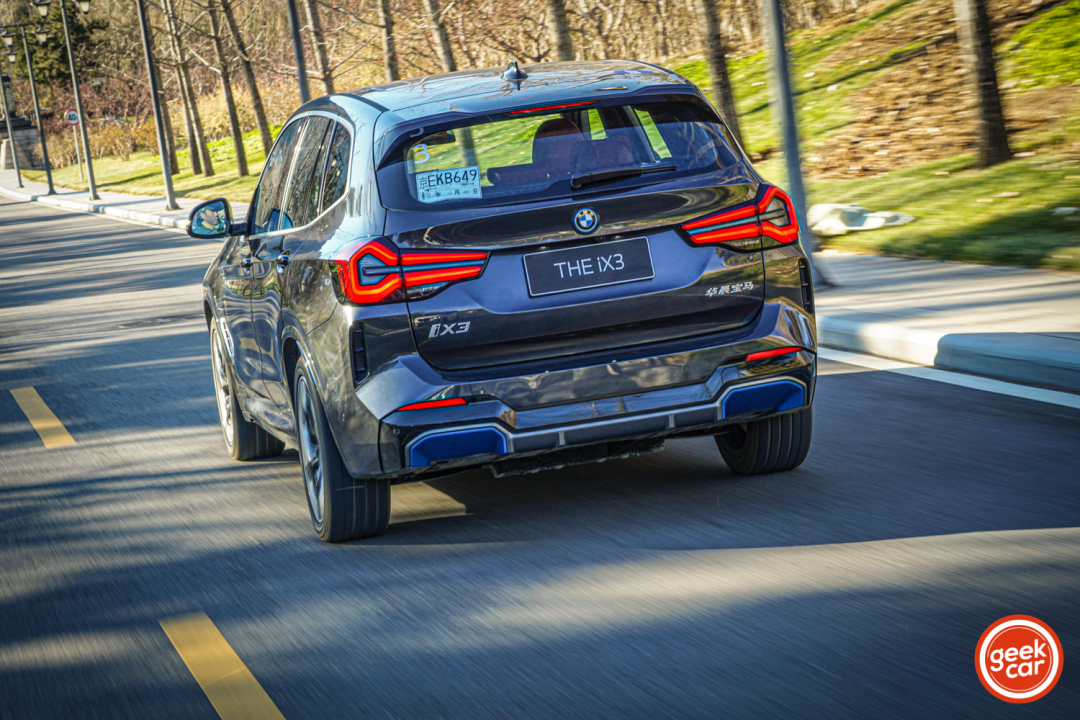
However, this feature requires adaptation and habit, and it does not stop the car, but rather assists in deceleration through kinetic energy recovery.### Conclusion
Ten years ago, BMW’s i program was very much a geeky venture, where a traditional carmaker produced pioneering products such as the i3 and i8. The BMW iX3 seems to be a bit too conservative, and even flagship electric cars like the BMW iX do not continue the radical style of the beginning of the i program. Nowadays, it seems that BMW is exploring the balance between being an electric car pioneer and making steady progress.
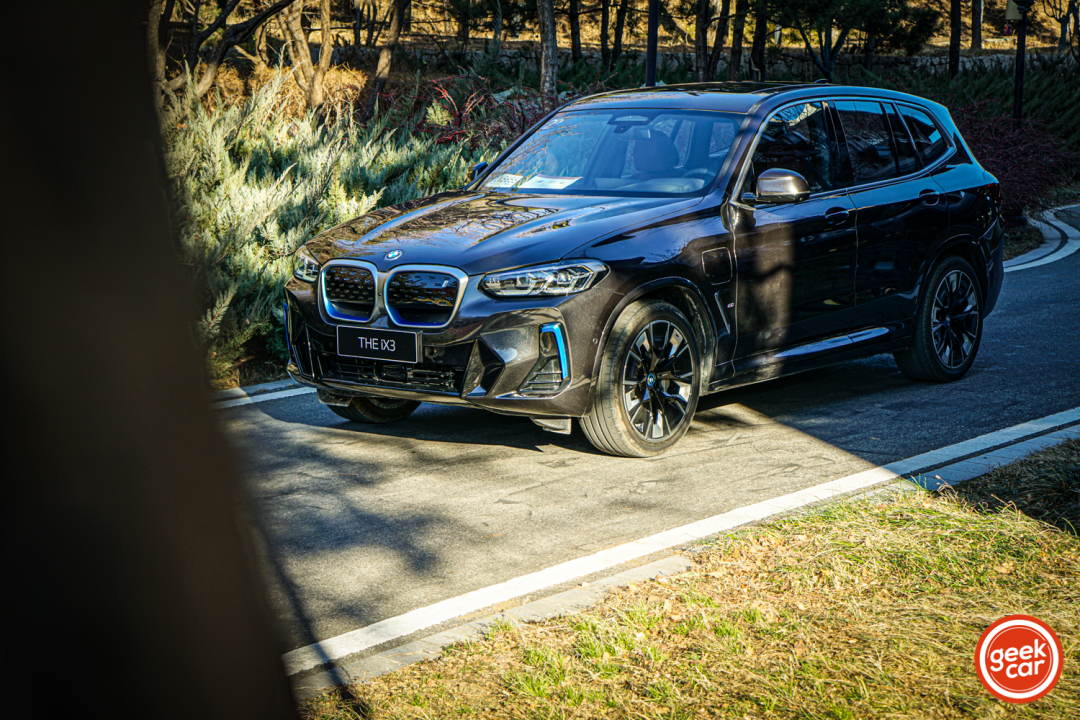
Returning to the BMW iX3, with an appearance design most like a BMW fuel car, an authentic BMW driving experience, the latest cockpit performance brought by iDrive 7.0, and the solid endurance of BMW’s fifth-generation BMW eDrive electric drive system, this car has a completely different personality and experience from many new forces. As a global brand, producing in China but selling globally, the BMW iX3 has done very well.
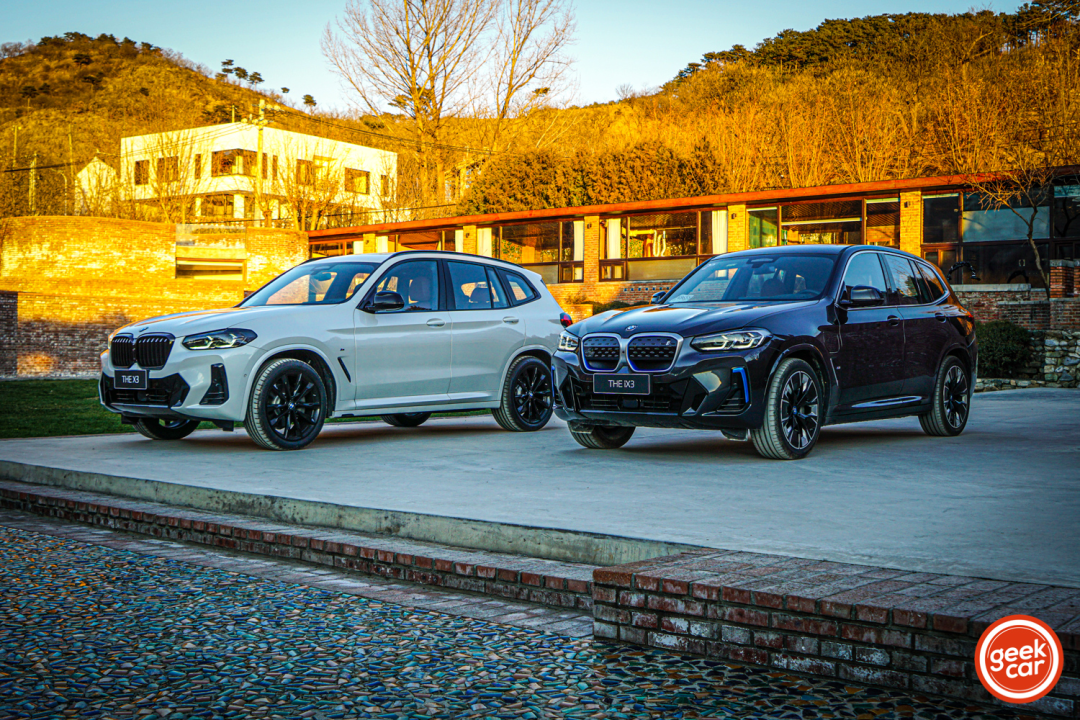
BMW is like this, once driving one car, always wanting to try another. Just like experiencing the BMW iX3, I now want to experience the i4 more and more, because I believe that the performance of the i4 will be more excellent.
This article is a translation by ChatGPT of a Chinese report from 42HOW. If you have any questions about it, please email bd@42how.com.
